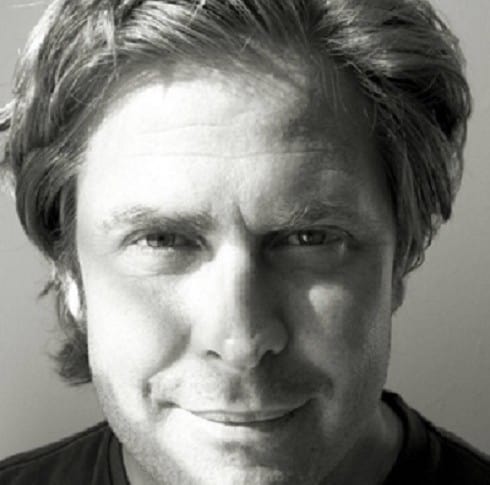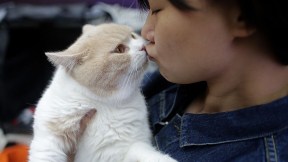La foto hace parte de su trabajo ‘Memorial de una especie’ , y enmarca a un rinoceronte negro recién cazado y sin cuernos, en el parque Hluhluwe-Imfolozi de Sudáfrica.
Esta especie está en peligro crítico de extinción debido a la caza furtiva y el comercio ilegal de cuerno de rinoceronte, afirmó el museo en su cuenta de Instagram.
La cruel fotografía fue tomada para una investigación sobre la compraventa prohibida de productos de esta especie. Stirton fue testigo de más de 30 escenas similares y definió su experiencia como “deprimente”, agregó BBC. .
También te puede interesar
El fotógrafo compartió en su cuenta de Instagram otra toma del rinoceronte mientras era sometido a la autopsia. En esta imagen, que es más cruel que la anterior, contó que probablemente el animal aún estaba vivo mientras fue mutilado. Además, aseguró que la zona de KwaZulu Natal es ahora el lugar más peligroso del mundo para estos mamíferos.
Por su parte, el juez de la competencia Roz Kidman Cox destacó el porqué Stirton fue el elegido como mejor fotógrafo de la naturaleza. “Hacer una escena tan trágica, casi majestuosa en su poder escultórico, merece el premio más alto. Hay crudeza, pero también hay un gran interés y, por lo tanto, dignidad en el gigante caído”, citó el Museo de Historia Natural.
LO ÚLTIMO





.svg)
